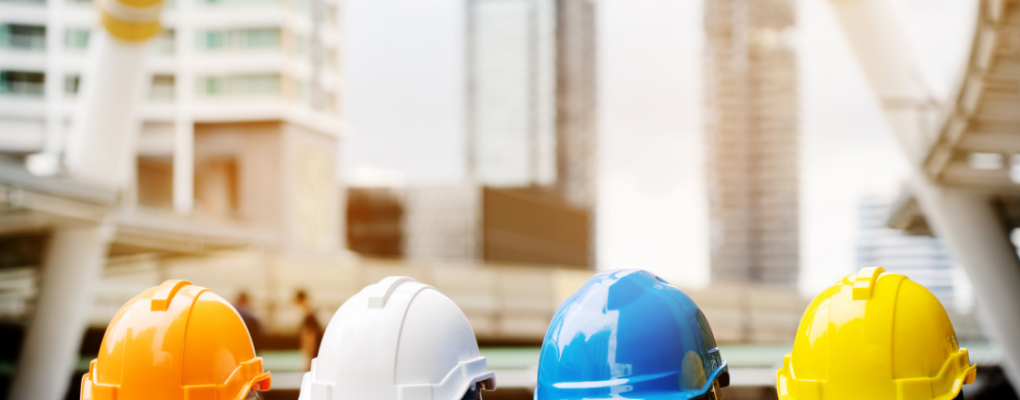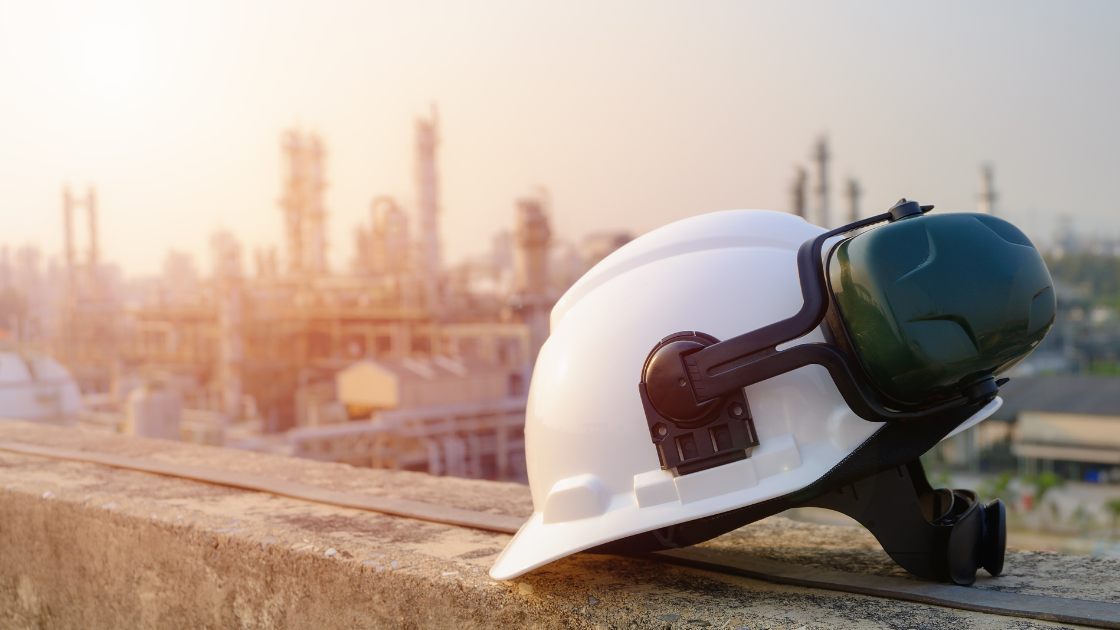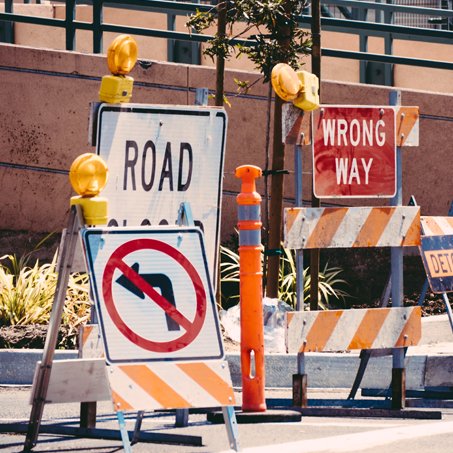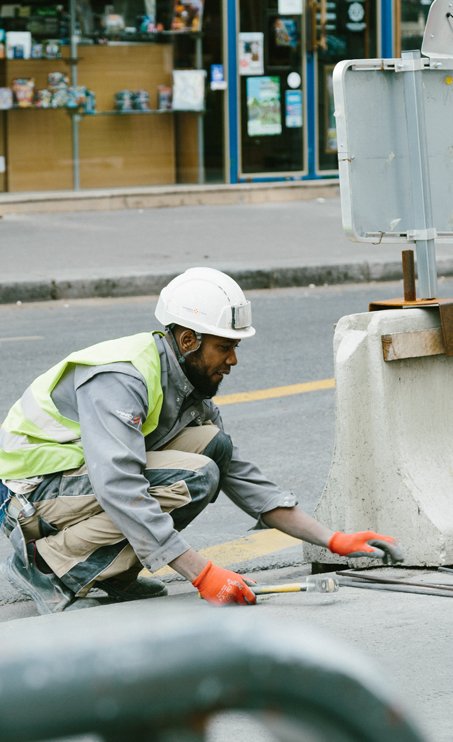Top 10 Reasons To Wear Safety Helmets
Wearing a safety helmet is one of the most important things you can do to protect yourself on the job. Not only will it prevent serious injuries, but it also has the potential to prevent death. In this blog post, we’ll discuss some of the top 10 reasons why you should wear a safety helmet and how it can help protect you from injury. We’ll also provide tips on how to choose the right safety helmet for your needs and how to properly use it when working.
Here are the top 10 reasons to wear a safety helmet:
- Protection from head injuries: Safety helmets are designed to provide a barrier between the head and external forces that could cause injury. The helmet’s structure can absorb and distribute the force of an impact, reducing the chances of skull fractures, concussions, and traumatic brain injuries.
- Workplace safety: Safety helmets are a common requirement in many workplaces, particularly those in the construction, manufacturing, and industrial sectors. These helmets are designed to protect workers from potential hazards such as falling objects, electrical hazards, and other dangers present on the job.
- Sports safety: In many sports, particularly those involving contact or high-speed impacts, helmets are essential for preventing head injuries. Helmets for sports are designed to provide maximum protection while still allowing the wearer to perform their desired activity comfortably.
- Motorcycle safety: Motorcycle helmets are designed to protect riders from head injuries in the event of an accident. They are typically made of materials that are strong enough to absorb the force of an impact and protect the head from external objects such as road debris.
- Bicycle safety: Helmets are an important safety measure for cyclists of all ages. In the event of a fall or collision, a helmet can help protect the head and reduce the risk of serious injury.
- Construction safety: Construction sites can be particularly hazardous environments, with potential dangers such as falling debris and other hazards. Helmets are required in many construction sites to protect workers from these risks.
- Preventing traumatic brain injuries: Traumatic brain injuries can have long-lasting effects on a person’s cognitive and physical abilities. By wearing a safety helmet, individuals can reduce their risk of suffering a traumatic brain injury, potentially saving them from long-term disabilities.
- Compliance with safety regulations: Many industries and activities have safety regulations that require the use of safety helmets. These regulations are in place to ensure that individuals are protected from harm while performing their tasks.
- Personal safety: Wearing a safety helmet is an important step in protecting one’s personal safety. Even in situations where a helmet is not required, wearing one can significantly reduce the risk of head injury.
- Setting a good example: By wearing a safety helmet, individuals can set an example for others and promote a culture of safety in their workplace, school, or community. This can help prevent accidents and injuries, leading to a safer and healthier environment for everyone
Here are Some Important Features of a Safety Helmet

- Shell: The shell of a safety helmet is typically made from a hard material like high-density polyethylene (HDPE) or Acrylonitrile Butadiene Styrene (ABS) plastic. The shell provides the first layer of protection against impact and penetration.
- Liner: The liner of a safety helmet is typically made of foam and is placed inside the shell. The liner provides shock absorption and helps to distribute the force of an impact over a larger area, reducing the risk of injury.
- Suspension System: The suspension system is part of the helmet that holds the shell and liner in place on the wearer’s head. It typically includes an adjustable strap or harness that can be adjusted to fit the wearer’s head snugly.
- Chin Strap: The chin strap helps to keep the helmet securely on the wearer’s head in the event of an impact. It should be adjustable and made of a strong material like nylon or polyester.
- Ventilation: Many modern safety helmets are designed with ventilation systems to help keep the wearer cool and comfortable. These ventilation systems typically include vents in the shell that allow air to circulate around the head.
- Visibility: Some safety helmets are designed to increase the wearer’s visibility, particularly in low light or dark conditions. These helmets may include reflective strips or other materials that reflect light, making the wearer more visible to others.
- Compatibility: Safety helmets may need to be compatible with other safety gear, such as ear protection, face shields, or respirators. It’s important to ensure that the helmet can accommodate these accessories and still fit securely on the wearer’s head.
- Durability: Safety helmets are designed to withstand multiple impacts and provide long-term protection. A good quality helmet should be durable and able to withstand wear and tear over time.
- Weight: The weight of a safety helmet is an important consideration, particularly for workers who need to wear the helmet for extended periods. A helmet that is too heavy may be uncomfortable to wear and can cause neck and shoulder strain.
- Certification: A safety helmet should be certified to meet specific safety standards set by regulatory bodies in the region where it will be used. It’s important to ensure that the helmet has the appropriate certification for the intended use to ensure maximum protection.
What is the Function of Safety Helmet?
The function of a safety helmet is to provide protection to the head against injuries in various situations, especially in environments where there is a risk of head trauma. Here are some specific functions of a safety helmet:
Impact Protection: Safety helmets are designed to absorb and distribute the impact of a blow to the head, reducing the severity of head injuries in case of accidents or falls.
Penetration Protection: Many safety helmets have a hard outer shell that helps prevent sharp objects from penetrating the helmet and reaching the head.
Protection from Falling Objects: In workplaces such as construction sites or industrial settings, safety helmets protect the head from falling objects like tools, debris, or materials.
Electrical Insulation: Some safety helmets are designed to provide electrical insulation, protecting the wearer from electric shocks or electrical hazards.
Visibility Enhancement: Certain safety helmets come with reflective strips or bright colors to improve visibility, especially in low-light conditions or environments with moving machinery.
Comfort and Fit: A well-designed safety helmet provides a comfortable fit to the wearer, ensuring that it stays in place during activities and does not cause discomfort or distraction.
Overall, the primary function of a safety helmet is to safeguard the head and reduce the risk of head injuries in various work or recreational settings.
Guidelines, Specifications , Standards and Certifications required for a Safety Helmet
Guidelines, specifications, standards, and certifications are important considerations for safety helmets, as they ensure that the helmets meet specific safety requirements and provide adequate protection for the wearer. Here are some common guidelines, specifications, standards, and certifications required for safety helmets:
- Guidelines: Guidelines are often issued by regulatory agencies to help ensure that safety helmets meet specific safety requirements. These guidelines may provide recommendations for helmet design, construction, materials, and testing procedures.
- Specifications: Specifications are detailed descriptions of the physical and performance characteristics of safety helmets. Specifications can be used to guide the design and manufacture of safety helmets to ensure they meet specific safety requirements.
- Standards: Standards are set by regulatory agencies or industry organizations and are designed to ensure consistent quality and safety of products. Safety helmets can be tested against specific standards to ensure that they meet the required safety levels. Common safety standards for helmets include EN 397, ANSI Z89.1, and AS/NZS 1801.
- Certifications: Certifications are awarded to safety helmets that meet specific safety requirements set by regulatory agencies or industry organizations. Certifications are often required for safety helmets to be sold in certain regions or for use in certain industries. Common certifications for safety helmets include CE, CSA, and ANSI.
- Testing procedures: Safety helmets can be tested using a variety of testing procedures to ensure they meet specific safety requirements. These testing procedures may include impact testing, penetration testing, and electrical insulation testing.
- Materials: The materials used in safety helmets are an important consideration for ensuring adequate protection. Common materials used in safety helmets include high-density polyethylene (HDPE), Acrylonitrile Butadiene Styrene (ABS), and polycarbonate.
- Fit and adjustment: Proper fit and adjustment of safety helmets are critical for ensuring maximum protection. Helmets should be adjustable to fit the wearer’s head snugly and should not shift or slide during use.
- Care and maintenance: Proper care and maintenance of safety helmets can help ensure they remain in good condition and provide maximum protection. Helmets should be inspected regularly for signs of damage or wear and should be replaced if they are no longer in good condition.
Certifications Required for Safety Helmets
Certifications are important for safety helmets as they indicate that the helmet has been tested and meets specific safety requirements set by regulatory agencies or industry organizations. Here are some common certifications required for safety helmets:
- CE: The CE mark is a certification indicating that the helmet meets the safety requirements set by the European Union. Helmets with the CE mark have been tested for impact, penetration, and retention system strength.
- CSA: The CSA mark is a certification indicating that the helmet meets the safety requirements set by the Canadian Standards Association. Helmets with the CSA mark have been tested for impact, penetration, retention system strength, and electrical insulation.
- ANSI: The ANSI mark is a certification indicating that the helmet meets the safety requirements set by the American National Standards Institute. Helmets with the ANSI mark have been tested for impact, penetration, and retention system strength.
- AS/NZS: The AS/NZS mark is a certification indicating that the helmet meets the safety requirements set by the Australian and New Zealand Standards. Helmets with the AS/NZS mark have been tested for impact, penetration, and retention system strength.
- DOT: The DOT mark is a certification indicating that the helmet meets the safety requirements set by the U.S. Department of Transportation. Helmets with the DOT mark have been tested for impact and penetration.
- Snell: The Snell mark is a certification indicating that the helmet meets the safety requirements set by the Snell Memorial Foundation, an independent organization that tests helmets for safety. Helmets with the Snell mark have been tested for impact and penetration, as well as other requirements set by the foundation.
It’s important to note that the required certifications for safety helmets may vary depending on the region or industry in which the helmets will be used. It’s important to research the specific requirements for the intended use to ensure that the helmet meets the required safety standards.
Conclusion
In conclusion, safety helmets are an essential safety equipment for protecting workers from head injuries in a variety of industries and situations. When choosing a safety helmet, important features to consider include construction materials, fit and adjustment, and ventilation. Additionally, guidelines, specifications, standards, and certifications are important considerations for ensuring that safety helmets meet specific safety requirements and provide adequate protection for the wearer. By understanding these important features and requirements, individuals and companies can choose safety helmets that provide the necessary protection and safety for their particular use case.








